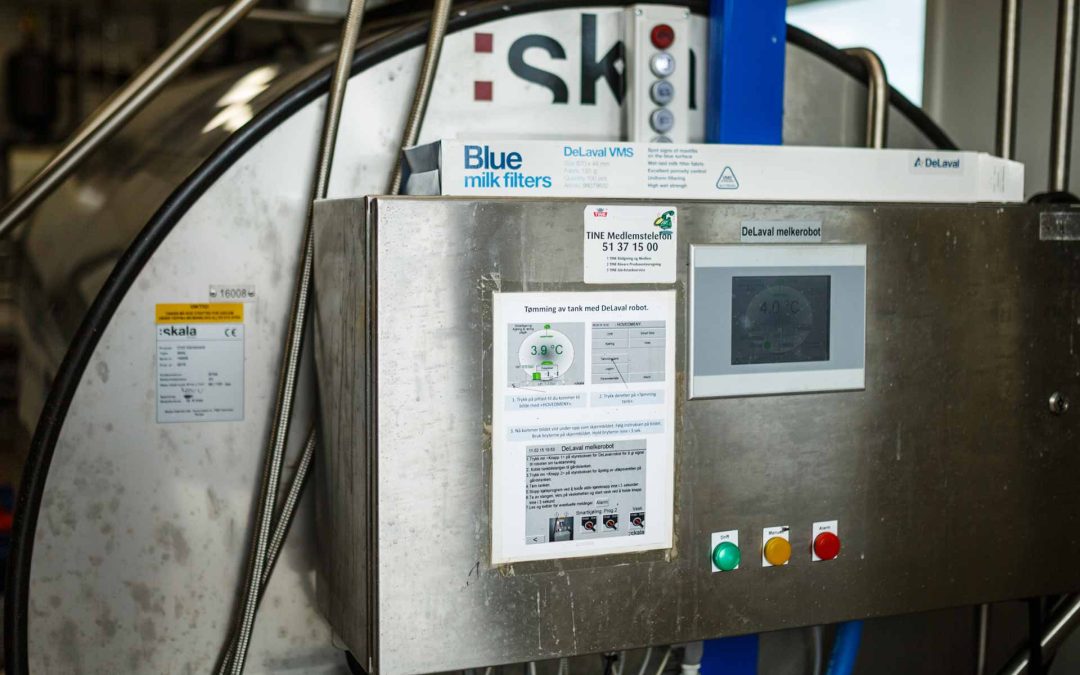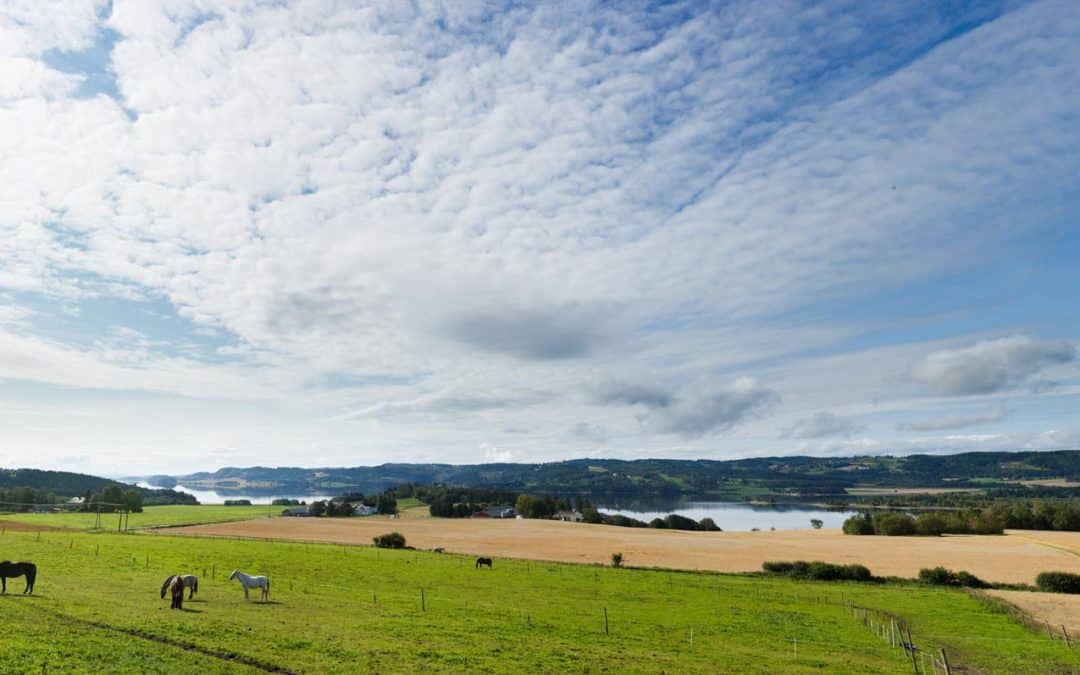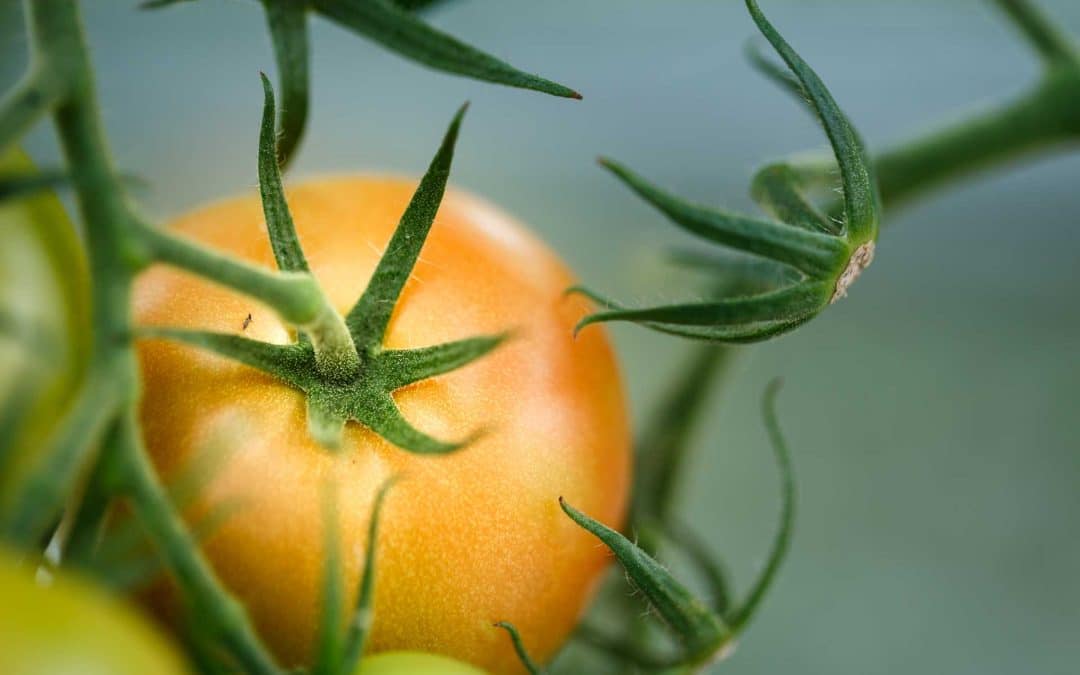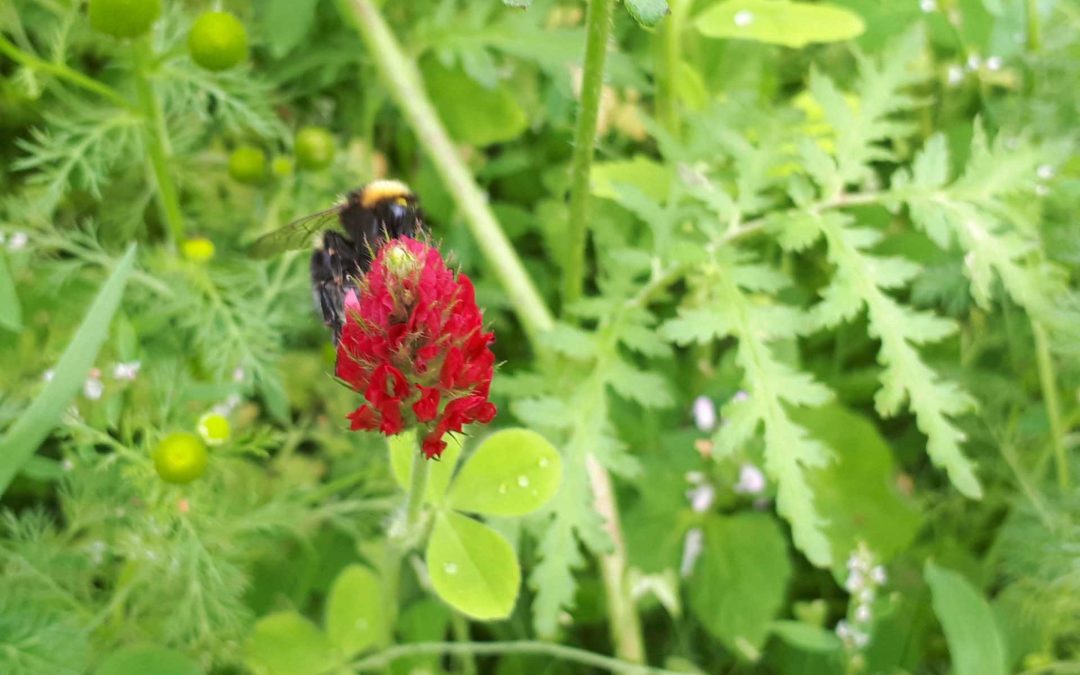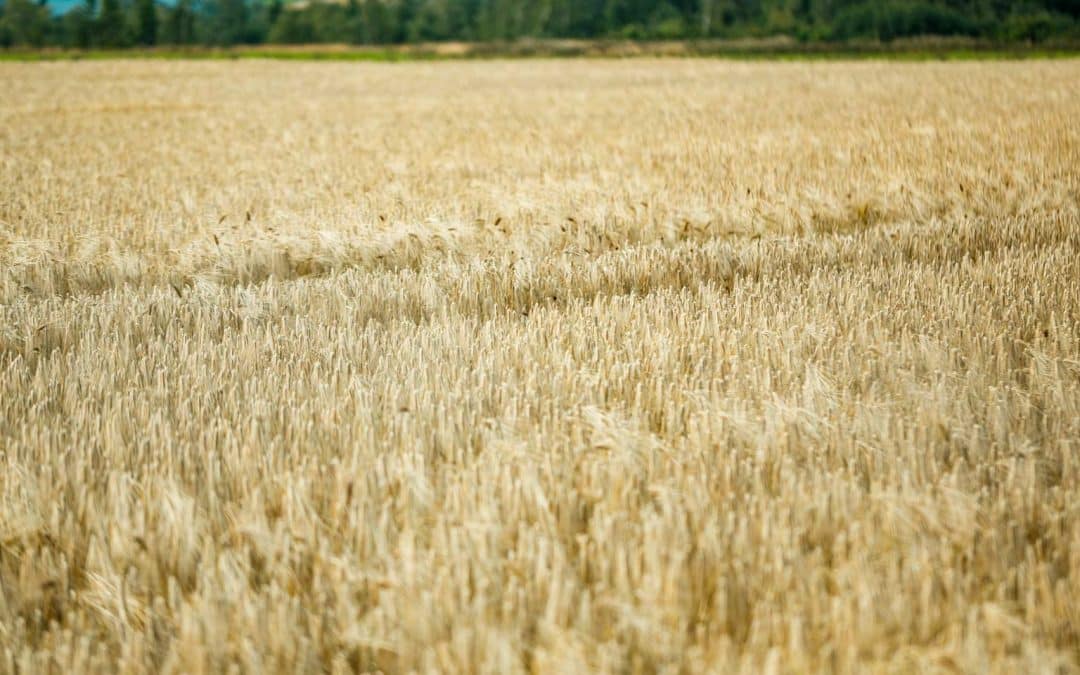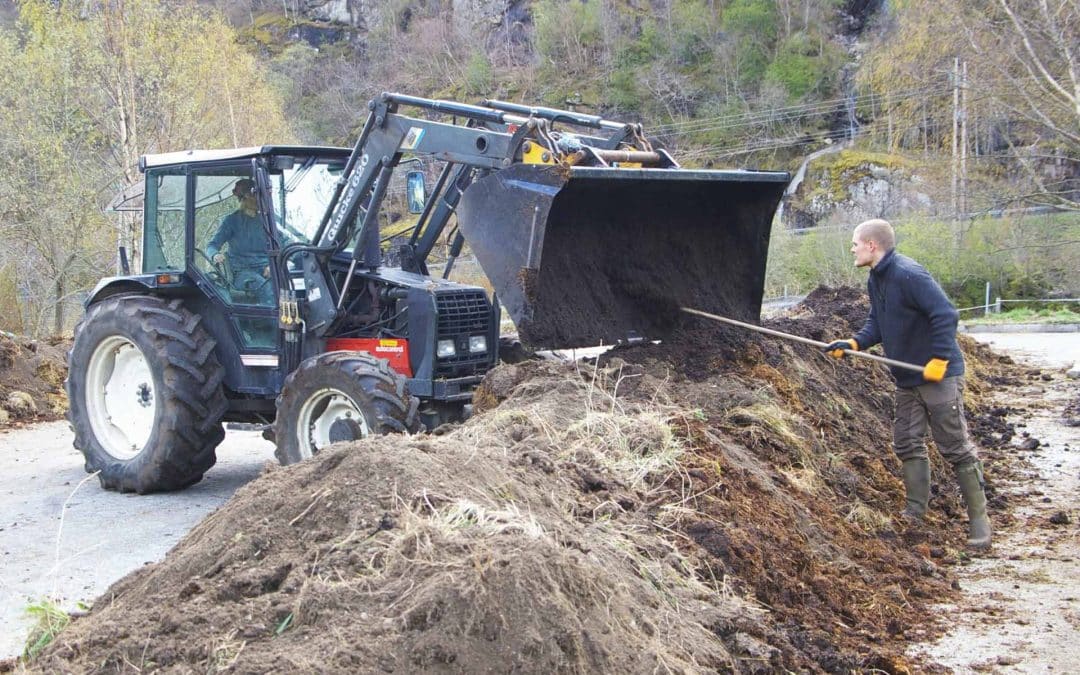
by Gunnar Larsen | Mar 25, 2023 | Energy measures, Author bio
When we built a new milk barn at Mære in 2016, we installed heat recovery on our milk tank. A heat exchanger on the milk tank makes it possible to recover heat that we take out of the milk during cooling. We use the energy to heat water which we can use for the milking robot and...

by Gunnar Larsen | Mar 25, 2023 | Energy measures, Author bio
Agriculture in Trøndelag has the potential to supply as much as 2,200 GWh of energy. If we disregard bioheat, the potential is still a full 900 GWh. This is higher than the consumption of energy in the industry. Trøndelag Research and Development has carried out a study commissioned by Mære...

by Gunnar Larsen | Mar 25, 2023 | Energy measures, Author bio, Front page, Green plants
The greenhouse was built and put into use in 2007. It has a total floor area of 3,000 m2. Half of the area is used for plant production. The rest of the area consists of a construction hall, designed for the landscape gardeners, as well as common rooms such as changing rooms, sanitary facilities, classrooms and...

by Tove Hatling Jystad | Mar 24, 2023 | Author bio, Green plants, Carbon storage
At Mære, we have over several years carried out practical testing with the sowing of various catch crops in grain with a view to soil improvement and the capture of excess nutrients. The sowing has been done at different times and with different equipment (weed harrow with sowing unit and drone). The challenge has…

by Tove Hatling Jystad | Mar 24, 2023 | Author bio, Green plants, Carbon storage
The growth cycle at Mære consists of 3-5 years of meadow and 1 year of barley. We also have ryegrass, potatoes, oats and green growth in the growth transition on parts of the area. In meadow years, we often use extra meadow seed to keep good plant growth. After agriculture became more specialized in...

by Tove Hatling Jystad | Mar 24, 2023 | Author bio, Carbon storage, Composting
On the farm, we have a lot of organic waste, e.g. tallow, fodder residues and residues from the tomato plants. We want to take care of these remains and turn them into good soil in a compost. Composting requires good knowledge to be successful and we have obtained professional resources from Sogn to...